Discover 19 stunning flowers that start with C in this detailed guide. Learn about their unique features and how to grow them in your garden for a colorful display.
Welcome to our colorful world of flowers that start with C! Whether you’re a garden lover or just starting out, these blooms will add charm and beauty to your outdoor space. Let’s explore 19 different flowers, their special features and how you can grow them. Get ready to discover the wonders of these ‘C’ flowers!
1. Calendula

Here’s the information about Calendula (Calendula officinalis):
| Aspect | Details |
|---|---|
| Botanical Name | Calendula officinalis |
| Common Name | Calendula, Pot Marigold |
| Plant Type | Annual |
| Hardiness Zone | Zones 2-11 (grown as an annual in all zones) |
| Sun Exposure | Full sun to partial shade |
| Soil Type | Well-draining, moderately fertile soil |
| Watering Needs | Moderate; keep soil evenly moist but not waterlogged |
| Growth Habit | Upright, bushy |
| Height/Spread | 12-24 inches tall, 12-18 inches wide |
| Special Features | Bright yellow to orange daisy-like flowers, edible petals, attracts pollinators, medicinal properties, easy to grow from seed |
Calendulas are bright, cheerful flowers that look like daisies. They come in shades of yellow and orange. These flowers are easy to grow and bloom for a long time.
How to grow:
- Plant in full sun
- Water regularly but don’t overwater
- Deadhead spent blooms to encourage more flowers
Calendulas are not just pretty. They’re also used in cooking and skincare. Learn more about calendulas from the North Carolina State Extension.
2. Calla Lily
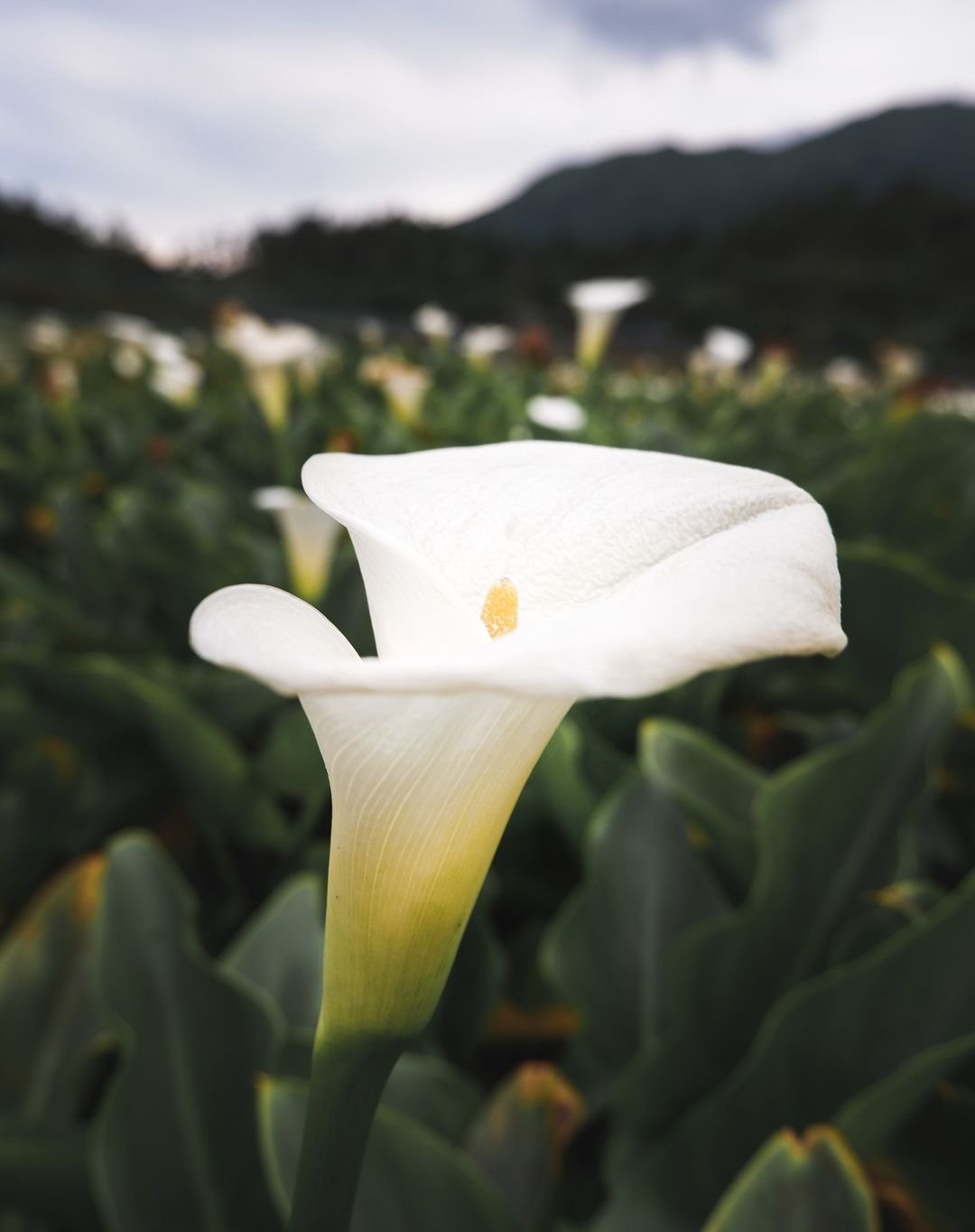
Here’s the information about Calla Lily (Zantedeschia spp.):
| Aspect | Details |
|---|---|
| Botanical Name | Zantedeschia spp. |
| Common Name | Calla Lily |
| Plant Type | Perennial (often grown as an annual in cooler zones) |
| Hardiness Zone | Zones 8-10 (grown as an annual or lifted and stored in cooler zones) |
| Sun Exposure | Full sun to partial shade |
| Soil Type | Well-draining, moist, rich soil |
| Watering Needs | Moderate to high; prefers consistently moist soil |
| Growth Habit | Upright, clumping |
| Height/Spread | 1-3 feet tall, 1-2 feet wide |
| Special Features | Elegant, trumpet-shaped flowers in various colors (white, yellow, pink, purple), glossy green leaves, long-lasting blooms, suitable for cut flowers and container planting |
Calla lilies have elegant, trumpet-shaped flowers. They come in white, pink, purple and even black. These flowers are great for gardens and bouquets.
How to grow:
- Plant in partial shade
- Keep soil moist but not soggy
- In cold areas, dig up bulbs in fall and store indoors
Calla lilies are often used in wedding bouquets because of their elegant look. They’re also popular as potted plants.
3. Carnation

Here’s the information about Carnation (Dianthus caryophyllus):
| Aspect | Details |
|---|---|
| Botanical Name | Dianthus caryophyllus |
| Common Name | Carnation |
| Plant Type | Perennial (often grown as an annual or biennial) |
| Hardiness Zone | Zones 6-9 |
| Sun Exposure | Full sun |
| Soil Type | Well-draining, fertile soil |
| Watering Needs | Moderate; water regularly but do not overwater |
| Growth Habit | Upright, clumping |
| Height/Spread | 18-24 inches tall, 12-18 inches wide |
| Special Features | Fragrant, frilled flowers in a wide range of colors, long-lasting blooms, commonly used in floral arrangements, attractive to pollinators, some varieties have edible petals |
Carnations are classic flowers with ruffled petals. They come in many colors and have a spicy, clove-like scent. These flowers last a long time after being cut.
How to grow:
- Plant in full sun
- Use well-draining soil
- Pinch back young plants to encourage bushiness
Carnations are popular for cut flowers and corsages. They symbolize love and fascination. Find growing tips from Clemson Cooperative Extension.
4. Chrysanthemum
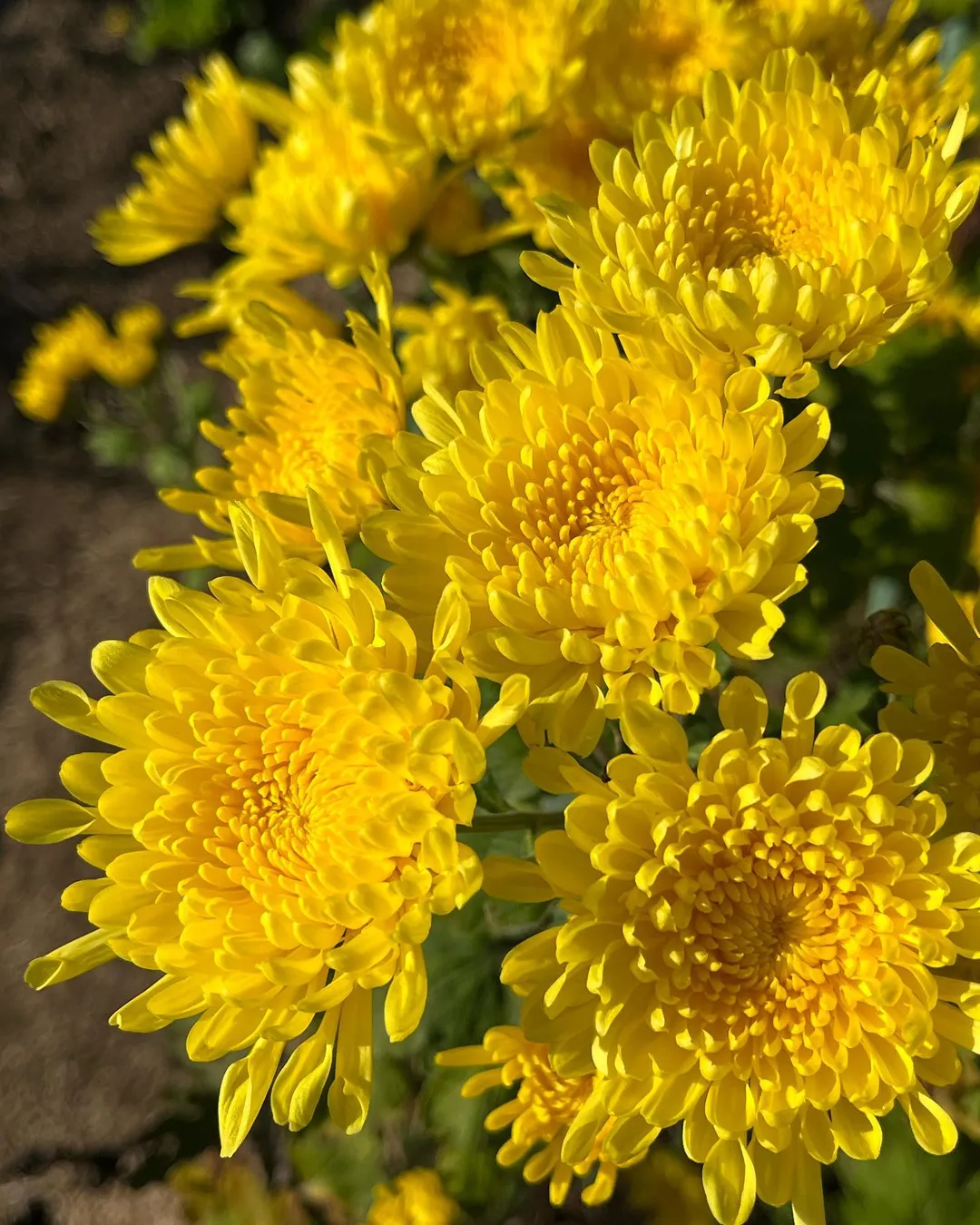
Here’s the information about Chrysanthemums (Chrysanthemum spp.):
| Aspect | Details |
|---|---|
| Botanical Name | Chrysanthemum spp. |
| Common Name | Chrysanthemums, Mums |
| Plant Type | Perennial |
| Hardiness Zone | Zones 5-9 |
| Sun Exposure | Full sun |
| Soil Type | Well-draining, fertile soil |
| Watering Needs | Moderate; keep soil evenly moist but not waterlogged |
| Growth Habit | Upright, bushy |
| Height/Spread | 1-3 feet tall, 1-2 feet wide |
| Special Features | Bright, showy flowers in a variety of colors and forms, long-lasting blooms, attractive to pollinators, often used in floral arrangements, can be grown in containers or garden beds, some varieties are fragrant |
Chrysanthemums, or mums, are fall-blooming flowers with many petals. They come in almost every color except blue. Mums are great for adding late-season color to gardens.
How to grow:
- Plant in full sun
- Pinch back growth in spring to encourage bushiness
- Water at the base to avoid wetting leaves
Chrysanthemums are popular for fall decorations. Some types are used to make tea in some cultures.
5. Columbine

Here’s the information about Columbine (Aquilegia spp.):
| Aspect | Details |
|---|---|
| Botanical Name | Aquilegia spp. |
| Common Name | Columbine |
| Plant Type | Perennial |
| Hardiness Zone | Zones 3-9 |
| Sun Exposure | Full sun to partial shade |
| Soil Type | Well-draining, moderately fertile soil |
| Watering Needs | Moderate; keep soil evenly moist but well-drained |
| Growth Habit | Clumping, upright |
| Height/Spread | 1-3 feet tall, 1-2 feet wide |
| Special Features | Unique, spurred flowers in various colors (blue, purple, red, yellow, white), attracts hummingbirds and butterflies, delicate fern-like foliage, deer-resistant, blooms in spring to early summer |
Columbines have unique flowers with spurred petals that look like tiny umbrellas. They come in many colors and attract hummingbirds.
How to grow:
- Plant in partial shade
- Use well-draining soil
- Allow seeds to self-sow for more plants
Columbines are great for woodland gardens. They’re native to many parts of North America. Learn more from Missouri Botanical Garden.
6. Cosmos

Here’s the information about Cosmos (Cosmos bipinnatus):
| Aspect | Details |
|---|---|
| Botanical Name | Cosmos bipinnatus |
| Common Name | Cosmos |
| Plant Type | Annual |
| Hardiness Zone | Zones 2-11 (grown as an annual in all zones) |
| Sun Exposure | Full sun |
| Soil Type | Well-draining, moderately fertile to poor soil |
| Watering Needs | Low to moderate; drought-tolerant once established |
| Growth Habit | Upright, bushy |
| Height/Spread | 1.5-6 feet tall, 1-3 feet wide |
| Special Features | Large, daisy-like flowers in shades of pink, white, and red, attracts pollinators (bees, butterflies), long blooming period, easy to grow from seed, tolerates poor soil, ideal for borders and cutting gardens |
Cosmos are daisy-like flowers with feathery leaves. They come in pink, white and orange. These flowers are easy to grow and bloom all summer.
How to grow:
- Plant in full sun
- Don’t overfertilize – they bloom best in poor soil
- Deadhead to encourage more blooms
Cosmos are great for cutting gardens. They attract butterflies and add a wild, meadow-like feel to gardens.
7. Crocus

Here’s the information about Crocus (Crocus spp.):
| Aspect | Details |
|---|---|
| Botanical Name | Crocus spp. |
| Common Name | Crocus |
| Plant Type | Perennial (bulb) |
| Hardiness Zone | Zones 3-8 |
| Sun Exposure | Full sun to partial shade |
| Soil Type | Well-draining, sandy or loamy soil |
| Watering Needs | Low; water moderately during growth and blooming, then allow to dry out |
| Growth Habit | Clumping, low-growing |
| Height/Spread | 3-6 inches tall, 2-4 inches wide |
| Special Features | Early spring blooms in various colors (purple, yellow, white, blue), attracts pollinators, naturalizes well, deer and rodent resistant, ideal for rock gardens, borders, and lawn plantings |
Crocuses are small, cup-shaped flowers that bloom in early spring. They come in purple, yellow and white. These flowers often pop up through the snow.
How to grow:
- Plant bulbs in fall
- Choose a spot with full sun or partial shade
- Don’t water in summer when bulbs are dormant
Crocuses are great for naturalizing in lawns. They provide early food for bees and other pollinators.
8. Cyclamen
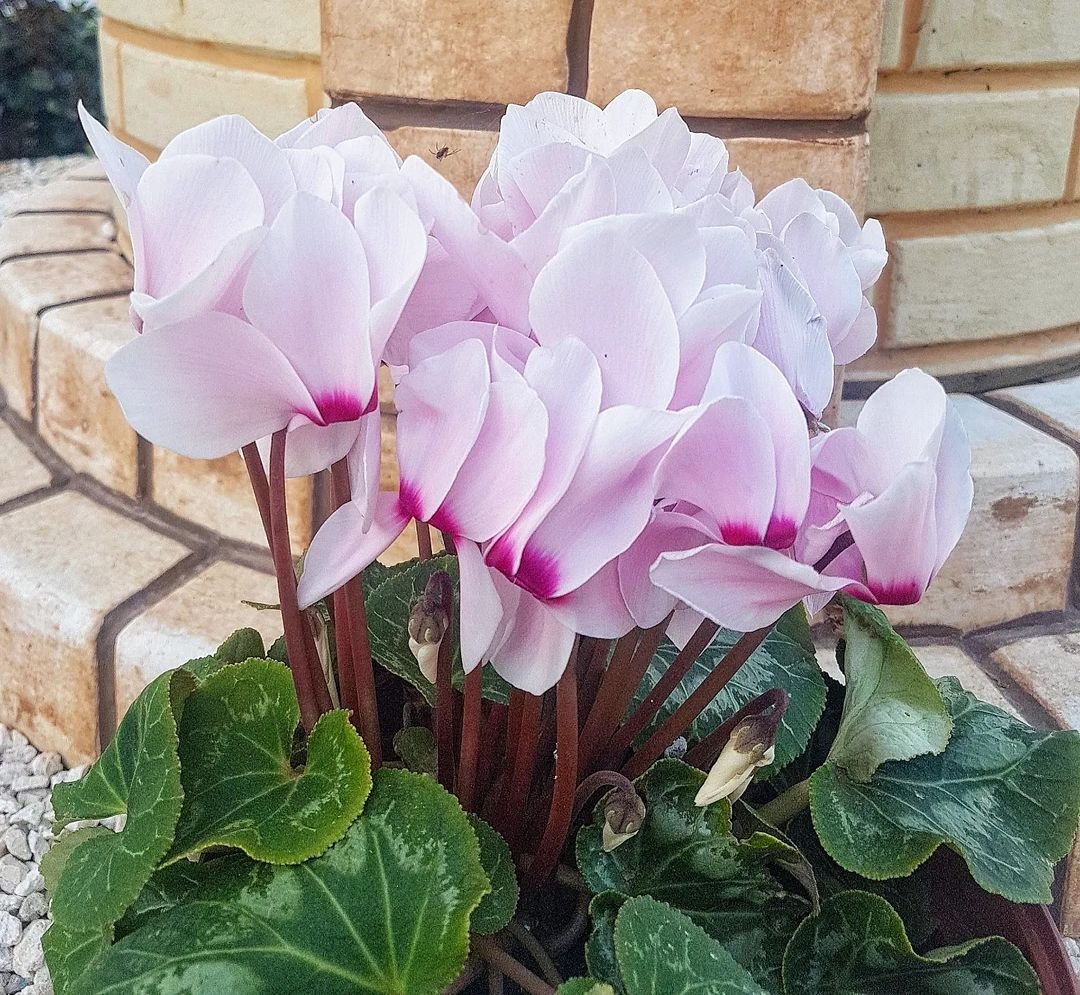
Here’s the information about Cyclamen (Cyclamen persicum):
| Aspect | Details |
|---|---|
| Botanical Name | Cyclamen persicum |
| Common Name | Cyclamen |
| Plant Type | Perennial (often grown as an annual or houseplant in cooler zones) |
| Hardiness Zone | Zones 9-11 (outdoor); often grown as a houseplant in cooler zones |
| Sun Exposure | Bright, indirect light (indoor); partial shade (outdoor) |
| Soil Type | Well-draining, rich, slightly acidic soil |
| Watering Needs | Moderate; keep soil evenly moist but not waterlogged, reduce watering during dormancy |
| Growth Habit | Clumping, compact |
| Height/Spread | 6-12 inches tall, 6-9 inches wide |
| Special Features | Heart-shaped leaves with silver patterns, delicate, nodding flowers in shades of pink, red, white, and purple, long blooming period (fall to spring), ideal for containers, hanging baskets, or as houseplants |
Cyclamens have heart-shaped leaves and unique, upswept flowers. They bloom in winter and early spring when not much else is flowering.
How to grow:
- Plant in partial to full shade
- Use well-draining soil
- Don’t overwater – let soil dry between waterings
Cyclamens are often grown as houseplants. They’re great for adding color to shady gardens.
9. Coreopsis
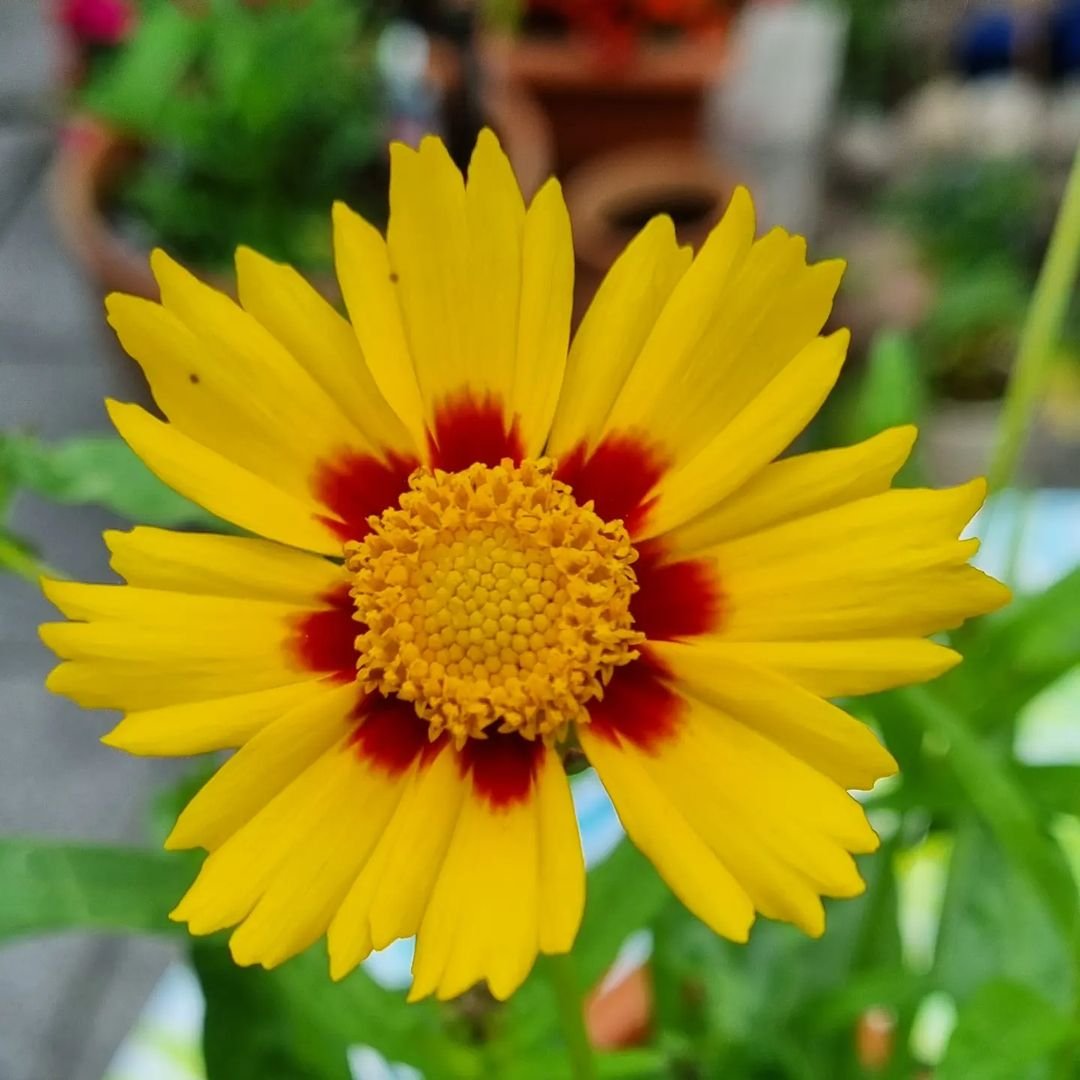
Here’s the information about Coreopsis (Coreopsis spp.):
| Aspect | Details |
|---|---|
| Botanical Name | Coreopsis spp. |
| Common Name | Coreopsis, Tickseed |
| Plant Type | Perennial (some annual varieties) |
| Hardiness Zone | Zones 4-9 (depending on species) |
| Sun Exposure | Full sun |
| Soil Type | Well-draining, average to poor soil |
| Watering Needs | Low to moderate; drought-tolerant once established |
| Growth Habit | Upright, clumping |
| Height/Spread | 1-4 feet tall, 1-2 feet wide |
| Special Features | Bright, daisy-like flowers in shades of yellow, gold, red, and pink, long blooming period (summer to fall), attracts pollinators (bees, butterflies), low maintenance, suitable for borders, rock gardens, and wildflower gardens |
Coreopsis, also called tickseed, has daisy-like flowers in yellow, orange or red. These flowers bloom for a long time and are easy to grow.
How to grow:
- Plant in full sun
- Water regularly until established
- Deadhead to encourage more blooms
Coreopsis attracts butterflies and is great for wildflower gardens. Learn more from University of Florida Extension.
10. Camellia
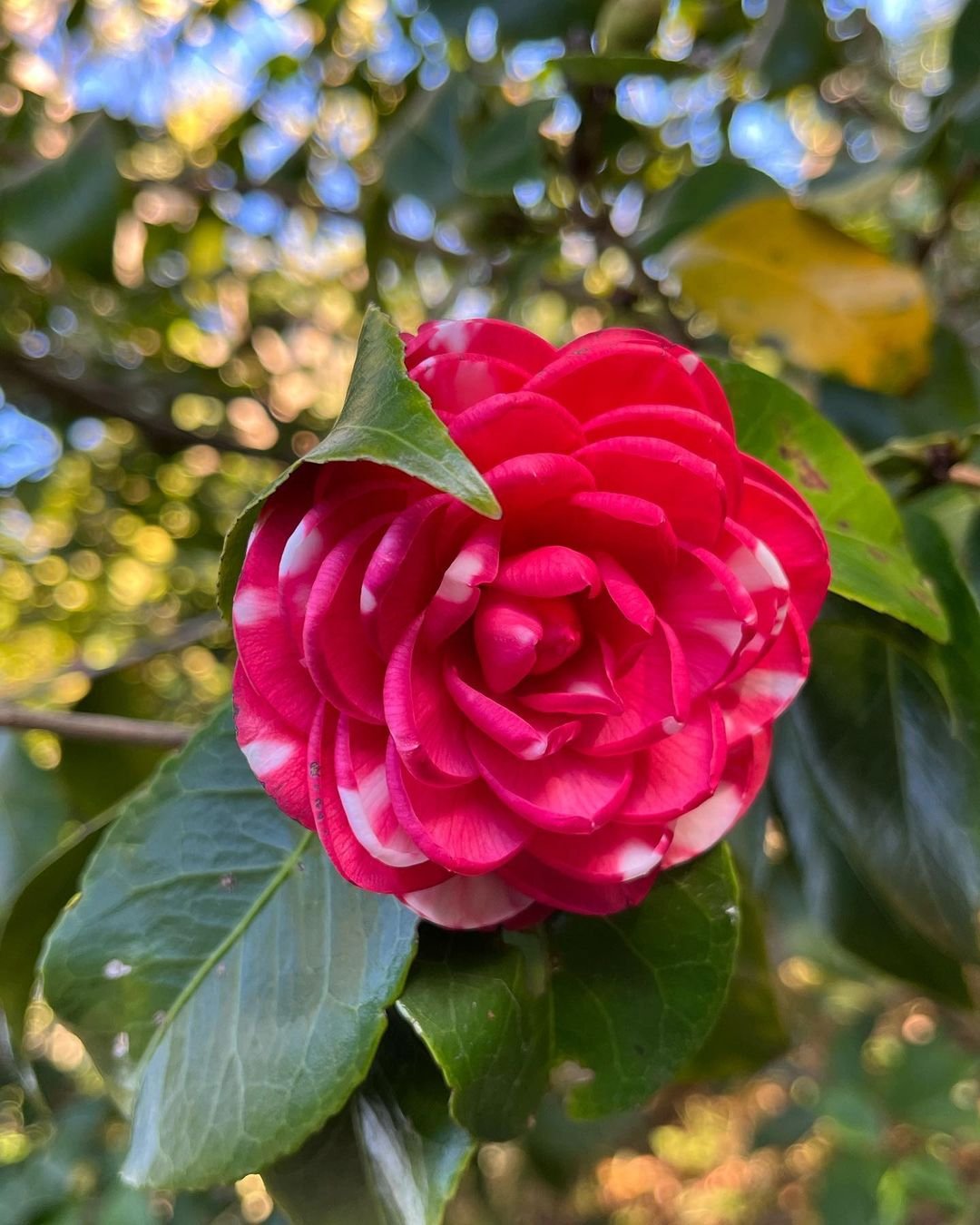
Here’s the information about Camellia (Camellia spp.):
| Aspect | Details |
|---|---|
| Botanical Name | Camellia spp. |
| Common Name | Camellia |
| Plant Type | Evergreen Shrub |
| Hardiness Zone | Zones 7-9 (some varieties can tolerate Zone 6) |
| Sun Exposure | Partial shade |
| Soil Type | Well-draining, acidic, rich in organic matter |
| Watering Needs | Moderate; keep soil consistently moist but not waterlogged |
| Growth Habit | Upright, bushy |
| Height/Spread | 6-12 feet tall, 5-10 feet wide |
| Special Features | Large, showy flowers in shades of white, pink, red, and yellow, glossy dark green leaves, blooms in late fall to early spring, long-lasting flowers, attractive as hedges, specimen plants, or in containers |
Camellias are shrubs with glossy leaves and large, rose-like flowers. They bloom in fall, winter or early spring when not much else is in flower.
How to grow:
- Plant in partial shade
- Use acidic, well-draining soil
- Water deeply but infrequently
Camellias are great for adding winter color to gardens. They’re often used for hedges or as specimen plants.
11. Canterbury Bells
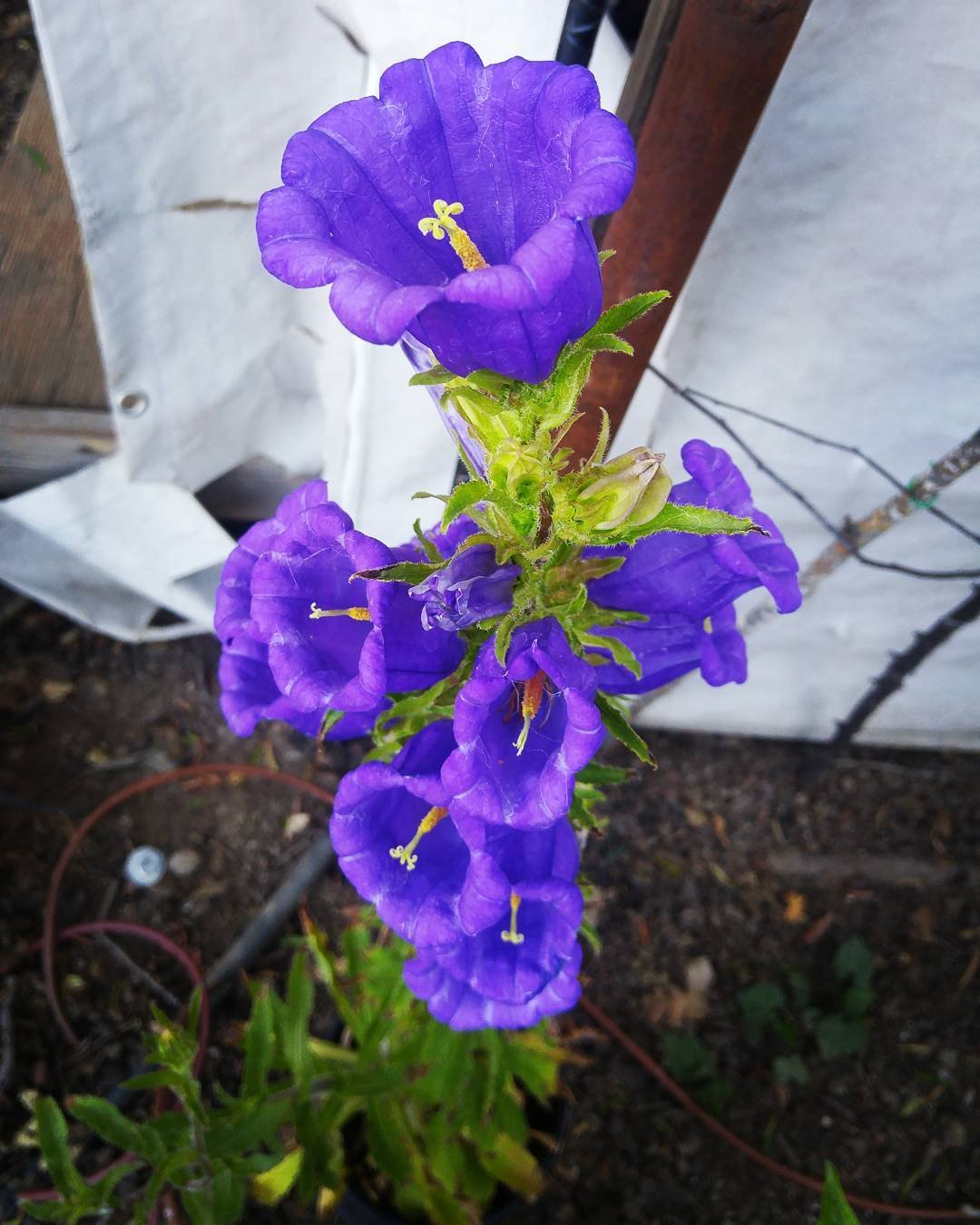
Here’s the information about Canterbury Bells (Campanula medium):
| Aspect | Details |
|---|---|
| Botanical Name | Campanula medium |
| Common Name | Canterbury Bells |
| Plant Type | Biennial or short-lived perennial |
| Hardiness Zone | Zones 4-8 |
| Sun Exposure | Full sun to partial shade |
| Soil Type | Well-draining, fertile soil |
| Watering Needs | Moderate; keep soil evenly moist |
| Growth Habit | Upright, clumping |
| Height/Spread | 1-3 feet tall, 1-1.5 feet wide |
| Special Features | Bell-shaped flowers in shades of blue, purple, pink, or white, attracts bees and butterflies, blooms in late spring to early summer, can self-seed, ideal for cottage gardens, borders, and cutting |
Canterbury Bells have tall spikes of bell-shaped flowers. They come in blue, pink and white. These flowers are biennial, meaning they bloom in their second year.
How to grow:
- Plant in full sun or partial shade
- Use well-draining soil
- Stake tall plants for support
Canterbury Bells are great for cottage gardens. They attract bees and make good cut flowers.
12. Candytuft
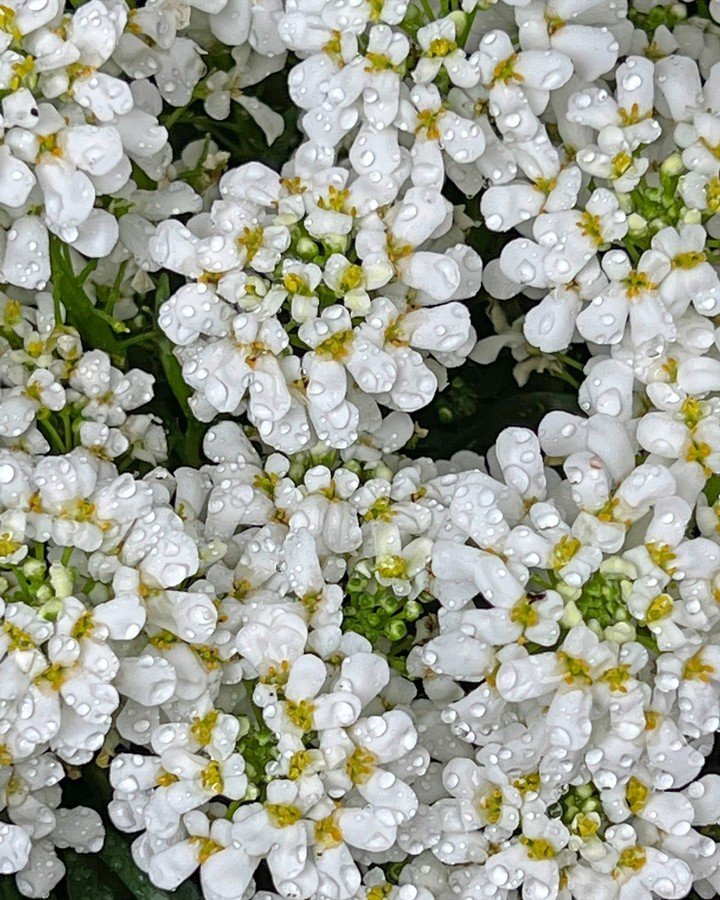
Certainly! Here’s the information about Candytuft (Iberis spp.):
| Aspect | Details |
|---|---|
| Botanical Name | Iberis spp. |
| Common Name | Candytuft |
| Plant Type | Perennial |
| Hardiness Zone | Zones 3-9 |
| Sun Exposure | Full sun to partial shade |
| Soil Type | Well-draining, average fertility |
| Watering Needs | Moderate |
| Growth Habit | Low-growing, spreading |
| Height/Spread | 6-12 inches tall, 12-18 inches wide |
| Special Features | Clusters of small, fragrant flowers in white, pink, or purple shades, blooms in spring to early summer, attracts butterflies and bees, suitable for borders, rock gardens, and containers |
Candytuft is a low-growing plant with clusters of small, white flowers. It blooms in spring and is great for rock gardens or as a ground cover.
How to grow:
- Plant in full sun
- Use well-draining soil
- Trim after flowering to keep plants neat
Candytuft is easy to grow and drought-tolerant once established. It’s great for edging paths or filling in spaces between rocks.
13. Clematis

Here’s the information about Clematis:
| Aspect | Details |
|---|---|
| Botanical Name | Clematis spp. |
| Common Name | Clematis |
| Plant Type | Vine |
| Hardiness Zone | Zones 4-9 (depending on variety) |
| Sun Exposure | Full sun to part shade |
| Soil Type | Well-draining, fertile soil |
| Watering Needs | Moderate |
| Growth Habit | Climbing |
| Height/Spread | Varies widely by species and variety |
| Special Features | Large, showy flowers in various colors (purple, blue, pink, white, red), blooms from spring to fall depending on variety, some varieties are fragrant, attractive to pollinators, ideal for trellises, arbors, fences and containers |
Clematis are climbing vines with large, star-shaped flowers. They come in many colors and bloom times, so you can have flowers all season.
How to grow:
- Plant with roots in shade and tops in sun
- Provide support for climbing
- Prune according to the type of clematis
Clematis are great for covering fences or trellises. They can also be grown in containers. Find growing tips from Clemson Cooperative Extension.
14. Cornflower
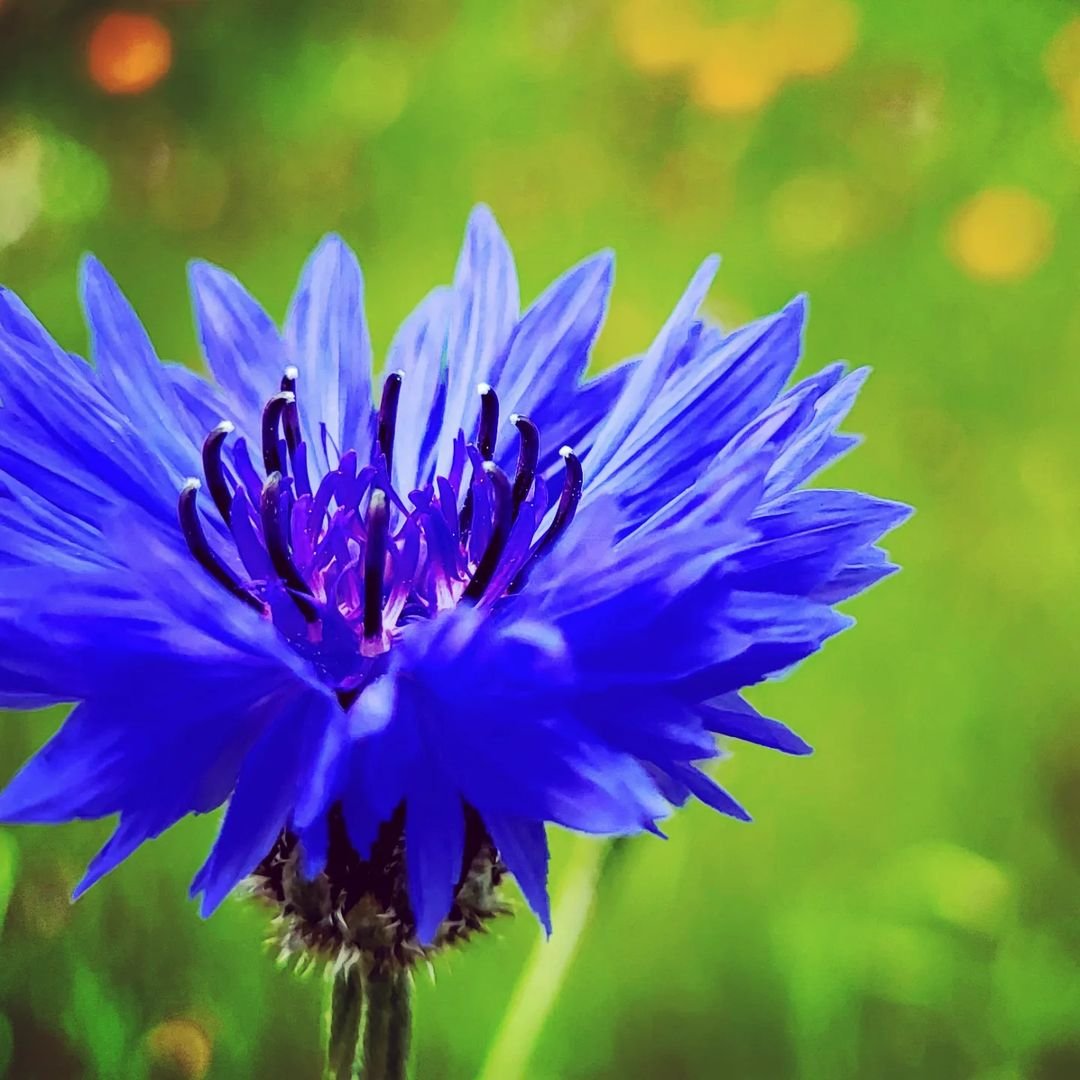
Here’s the information about Cornflower (Centaurea cyanus):
| Aspect | Details |
|---|---|
| Botanical Name | Centaurea cyanus |
| Common Name | Cornflower |
| Plant Type | Annual |
| Hardiness Zone | Zones 2-11 (grown as an annual in all zones) |
| Sun Exposure | Full sun |
| Soil Type | Well-draining, loamy soil |
| Watering Needs | Low to moderate |
| Growth Habit | Upright, branching |
| Height/Spread | 1-3 feet tall, 1-1.5 feet wide |
| Special Features | Bright blue, pink, white, or purple flowers with spiky centers, attracts pollinators (bees, butterflies), blooms from late spring to mid-summer, easy to grow from seed, suitable for borders, wildflower meadows, and cut flower arrangements |
Cornflowers, also called bachelor’s buttons, have bright blue flowers. They also come in pink, white and purple. These flowers are easy to grow from seed.
How to grow:
- Plant in full sun
- Use well-draining soil
- Don’t overwater – they’re drought-tolerant
Cornflowers are great for wildflower meadows. They attract bees and butterflies and make good cut flowers.
15. Coneflower
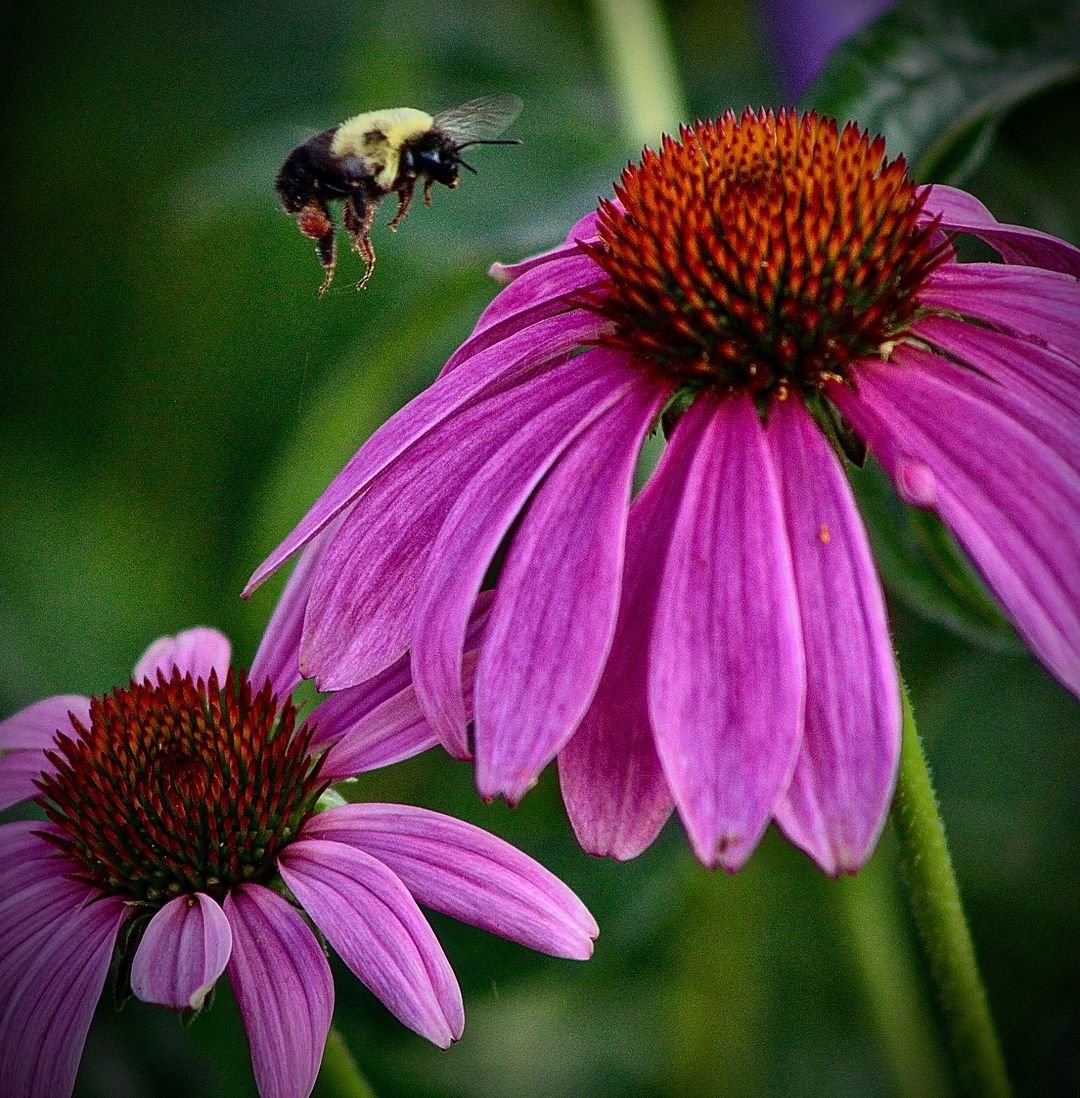
Here’s the information about Coneflower (Echinacea purpurea):
| Aspect | Details |
|---|---|
| Botanical Name | Echinacea purpurea |
| Common Name | Coneflower |
| Plant Type | Perennial |
| Hardiness Zone | Zones 3-9 |
| Sun Exposure | Full sun to partial shade |
| Soil Type | Well-draining, fertile soil |
| Watering Needs | Moderate |
| Growth Habit | Upright, clumping |
| Height/Spread | 2-4 feet tall, 1-2 feet wide |
| Special Features | Large, daisy-like flowers with prominent, cone-shaped centers, attracts pollinators (bees, butterflies), blooms from mid-summer to early fall, drought-tolerant once established, suitable for borders, wildflower gardens and cut flower arrangements |
Coneflowers or Echinacea, have daisy-like flowers with raised centers. They come in purple, pink, white and yellow. These flowers are tough and long-blooming.
How to grow:
- Plant in full sun
- Use well-draining soil
- Don’t overwater – they’re drought-tolerant once established
Coneflowers attract butterflies and birds. They’re also used in herbal medicine. Learn more from North Carolina State Extension.
16. Catmint
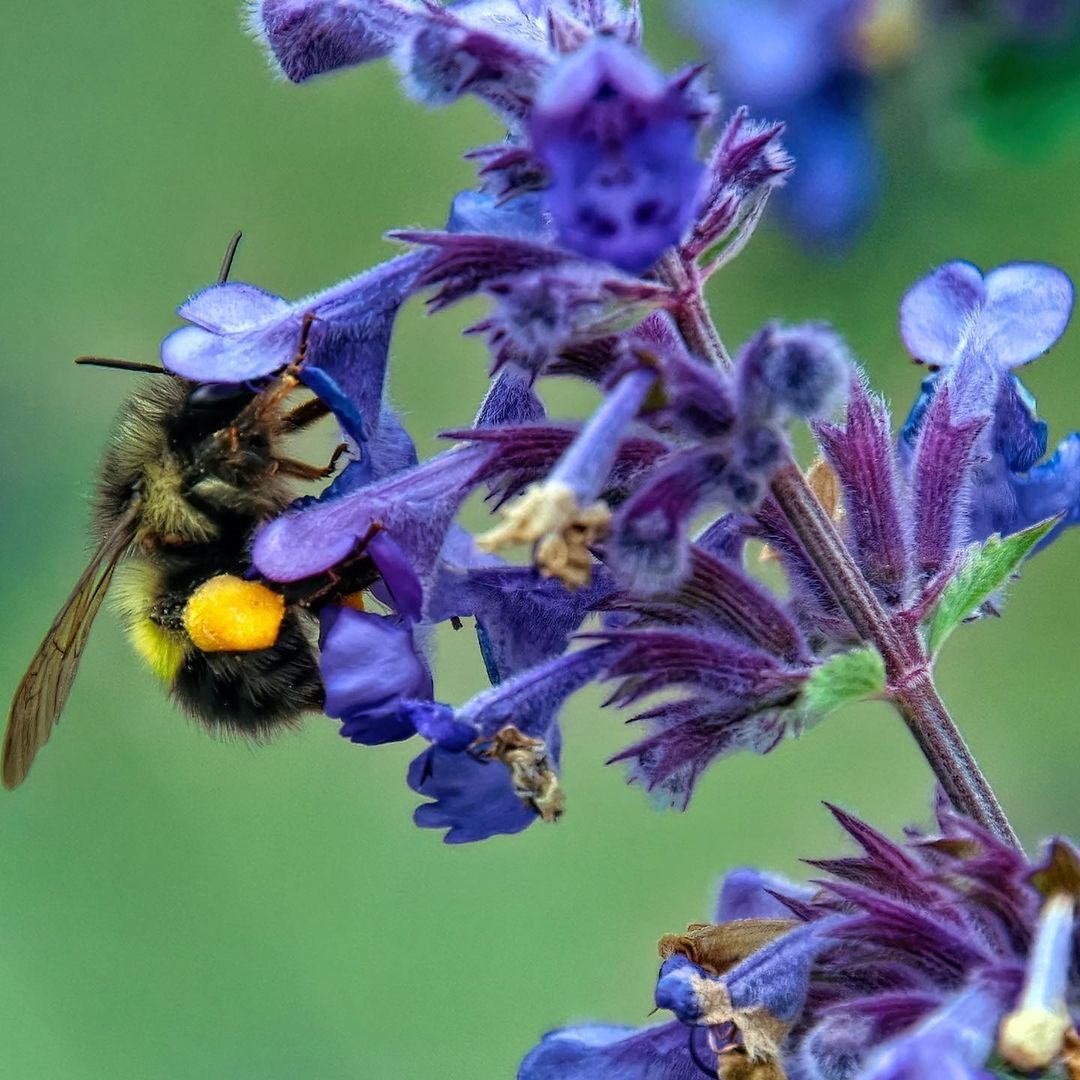
Here’s the information about Catmint (Nepeta spp.), commonly known as Catmint or Catnip:
| Aspect | Details |
|---|---|
| Botanical Name | Nepeta spp. |
| Common Name | Catmint, Catnip |
| Plant Type | Perennial |
| Hardiness Zone | Zones 3-9 |
| Sun Exposure | Full sun |
| Soil Type | Well-draining, average fertility |
| Watering Needs | Low |
| Growth Habit | Upright, mounding |
| Height/Spread | 1-3 feet tall, 1-2 feet wide |
| Special Features | Fragrant foliage and flowers, lavender-blue to white flowers, attracts bees and butterflies, blooms from late spring to early fall, deer-resistant, drought-tolerant once established, ideal for borders, rock gardens, and herb gardens |
Catmint has spikes of lavender-blue flowers and gray-green leaves. It blooms for a long time and is very attractive to bees.
How to grow:
- Plant in full sun
- Use well-draining soil
- Trim back after first bloom for a second flush of flowers
Catmint is drought-tolerant and deer-resistant. It’s great for borders or as a ground cover.
17. California Poppy
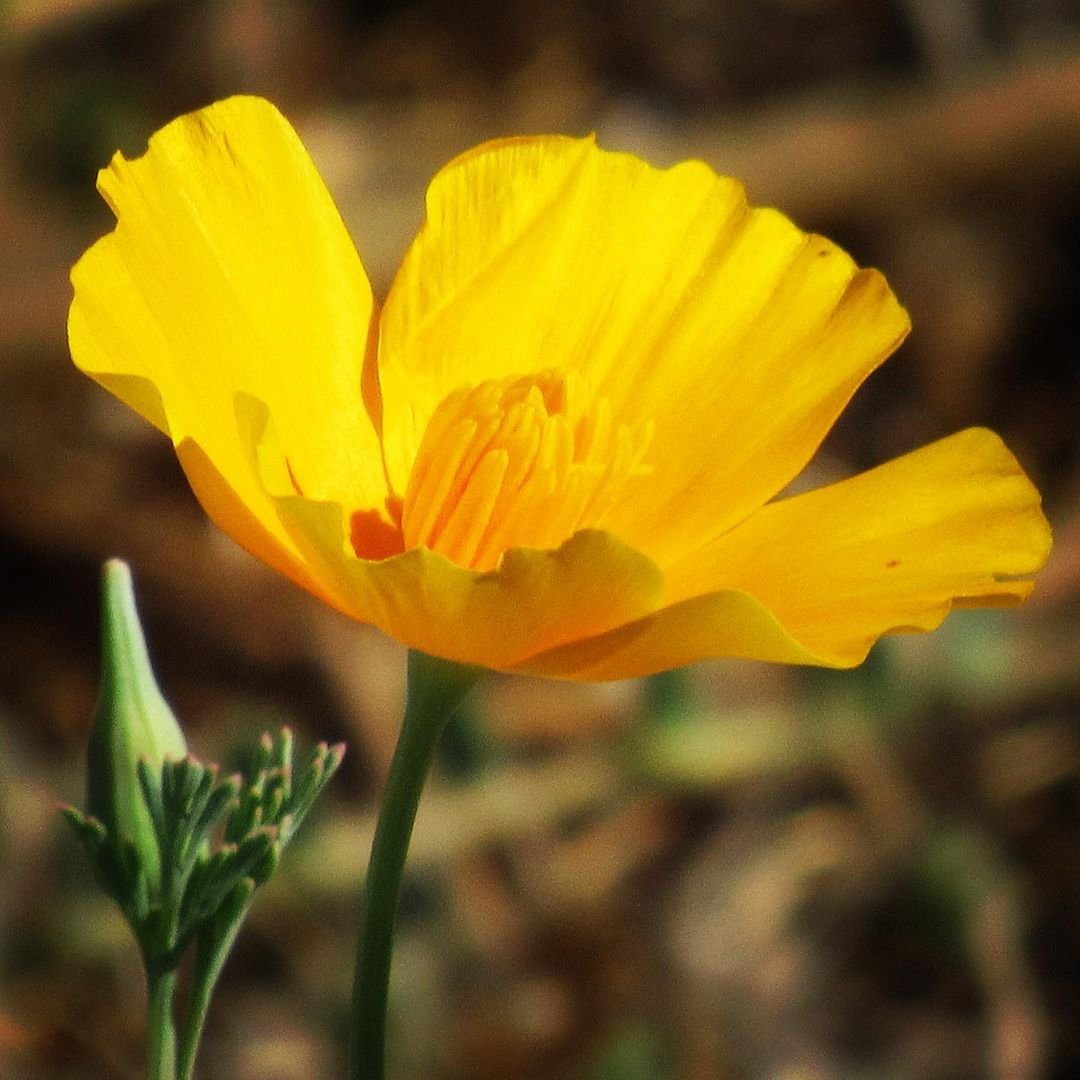
Here’s the information about California Poppy (Eschscholzia californica):
| Aspect | Details |
|---|---|
| Botanical Name | Eschscholzia californica |
| Common Name | California Poppy |
| Plant Type | Annual or perennial (depending on variety) |
| Hardiness Zone | Zones 6-11 (as an annual); perennial in Zones 8-10 |
| Sun Exposure | Full sun |
| Soil Type | Well-draining, sandy or loamy soil |
| Watering Needs | Low |
| Growth Habit | Upright, spreading |
| Height/Spread | 12-18 inches tall, 6-12 inches wide |
| Special Features | Bright orange, yellow, pink, or white flowers, blooms in spring to early summer, self-seeding, attracts bees and butterflies, drought-tolerant, ideal for wildflower gardens, borders and containers |
California Poppies have silky flowers in shades of orange, yellow and red. These flowers close at night and on cloudy days.
How to grow:
- Plant in full sun
- Use poor, well-draining soil
- Don’t overwater – they’re drought-tolerant
California Poppies are the state flower of California. They’re great for wildflower gardens and attract bees. Learn more from University of California Agriculture and Natural Resources.
18. Coral Bells
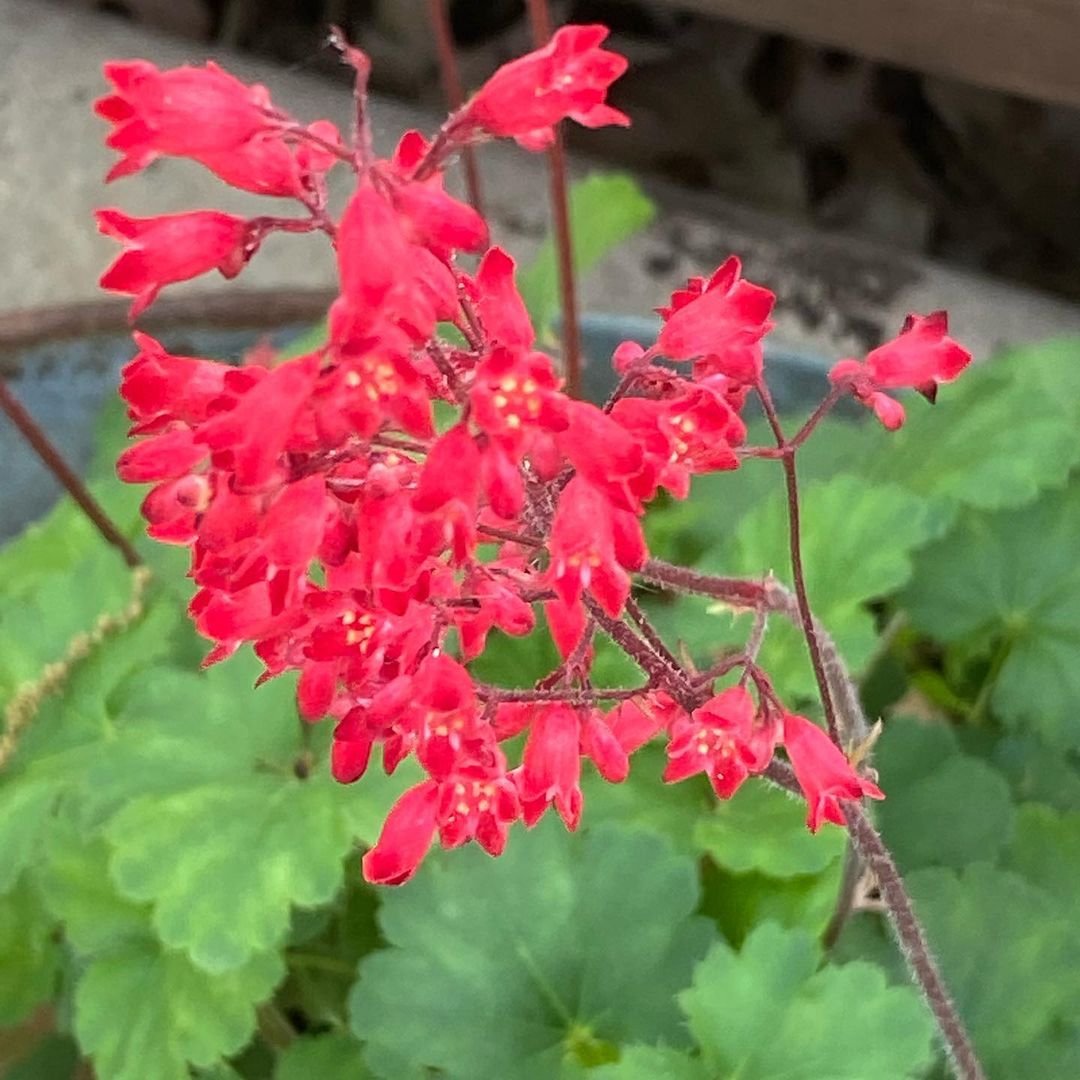
Here’s the information about Coral Bells (Heuchera spp.):
| Aspect | Details |
|---|---|
| Botanical Name | Heuchera spp. |
| Common Name | Coral Bells |
| Plant Type | Perennial |
| Hardiness Zone | Zones 4-9 |
| Sun Exposure | Full sun to part shade |
| Soil Type | Well-draining, fertile soil |
| Watering Needs | Moderate |
| Growth Habit | Clumping, mounding |
| Height/Spread | 1-3 feet tall, 1-2 feet wide |
| Special Features | Bell-shaped flowers in shades of pink, red, white or coral, attracts hummingbirds and butterflies, evergreen or semi-evergreen foliage with attractive veining, deer-resistant, suitable for borders, rock gardens and containers |
Coral Bells are grown mainly for their colorful foliage, but they also have small, bell-shaped flowers. The leaves come in shades of purple, red, silver and green.
How to grow:
- Plant in partial shade
- Use well-draining soil
- Water regularly but don’t overwater
Coral Bells are great for adding color to shady areas. They’re also good in containers and attract hummingbirds.
19. Coleus
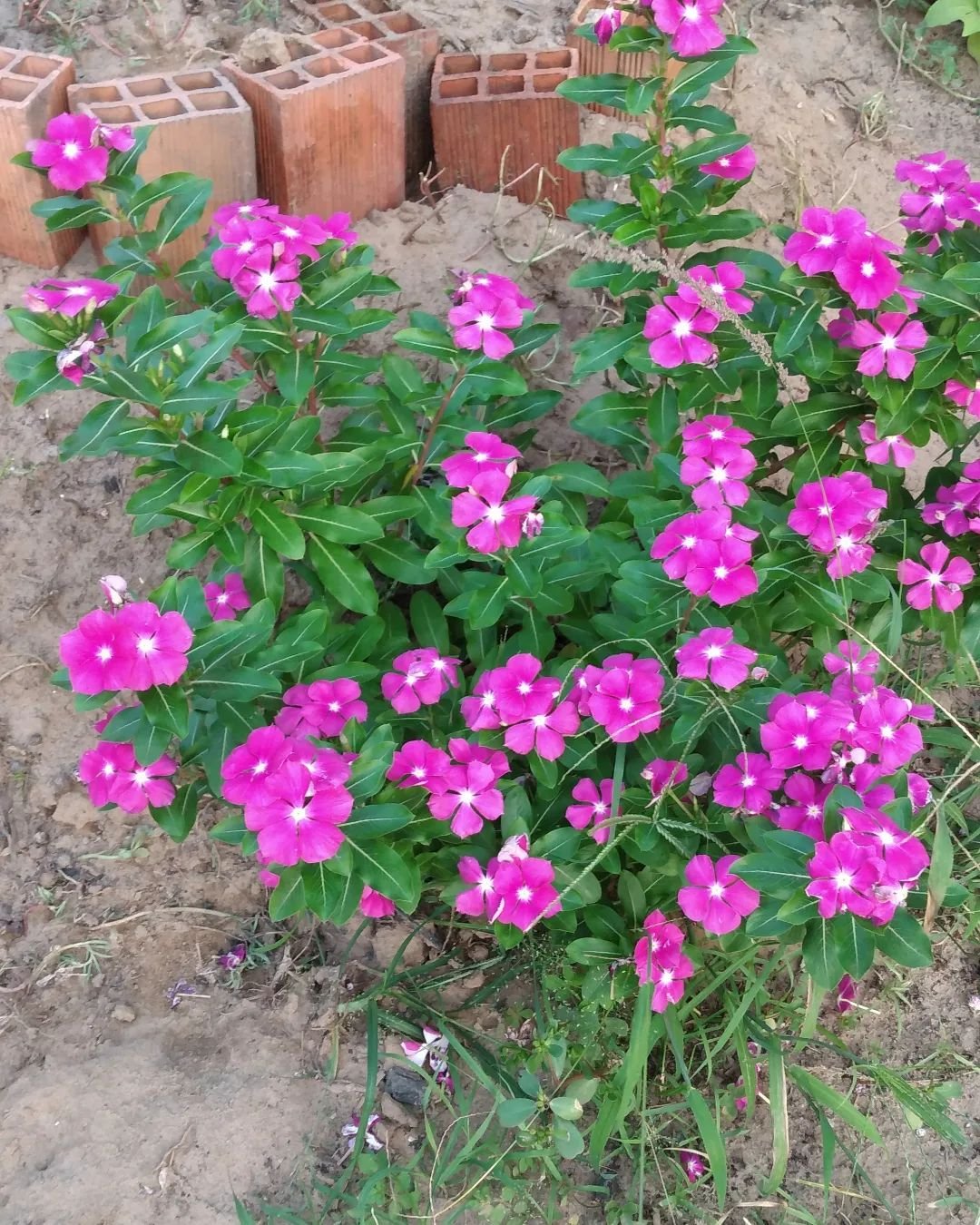
ere’s a summary of their characteristics:
| Aspect | Details |
|---|---|
| Botanical Name | Plectranthus scutellarioides |
| Common Name | Coleus |
| Plant Type | Annual |
| Hardiness Zone | Zones 10-11 (usually grown as an annual elsewhere) |
| Sun Exposure | Shade to part shade |
| Soil Type | Well-draining, fertile soil |
| Watering Needs | Moderate |
| Growth Habit | Bushy, upright |
| Height/Spread | 1-3 feet tall, depending on variety |
| Special Features | Colorful foliage in various combinations of green, red, pink, yellow, and purple, some varieties have scalloped or ruffled leaves, used primarily for ornamental purposes in containers, beds, and borders |
Coleus is grown for its brightly colored leaves, not its flowers. The leaves come in many patterns of green, red, yellow and purple.
How to grow:
- Plant in partial shade
- Keep soil moist but not soggy
- Pinch back to encourage bushiness
Coleus is great for adding color to shady gardens. It’s often grown in containers and can be brought indoors as a houseplant.
Wrapping Up
There you have it – 19 captivating flowers that start with C! From the cheerful calendula to the colorful coleus, these plants offer a wide range of colors, sizes and growing needs. Whether you have a sunny garden, a shady spot or just a few pots on a balcony, there’s a ‘C’ flower for you.
Remember, gardening is about trying new things and learning as you go. Don’t be afraid to experiment with different flowers. Some might become your new favorites! Happy gardening and enjoy your beautiful ‘C’ flowers!

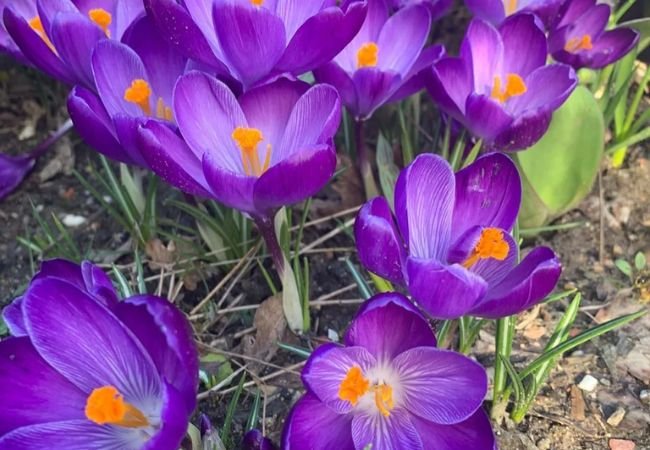






Leave a Reply